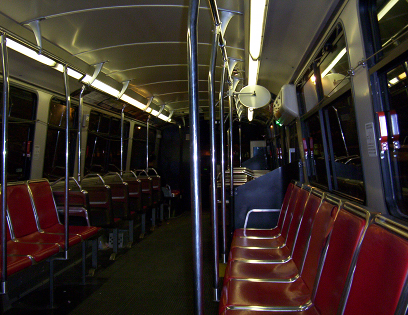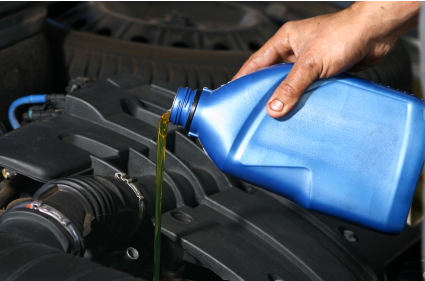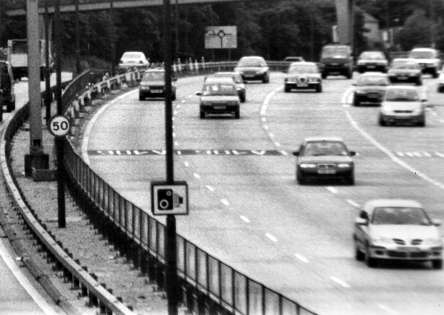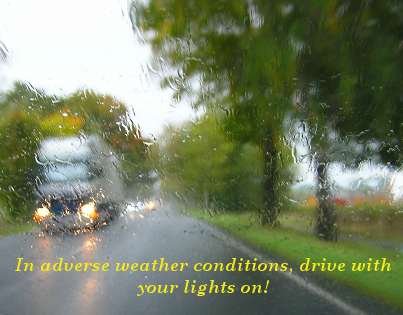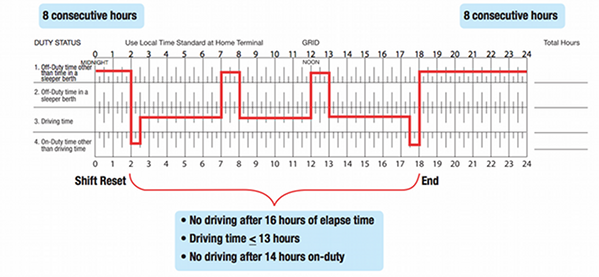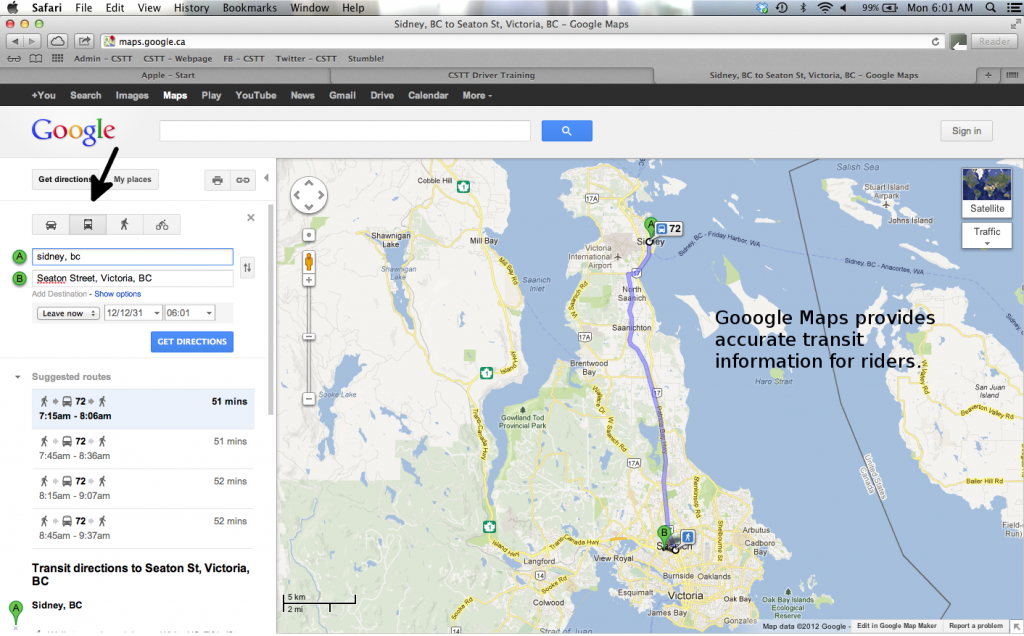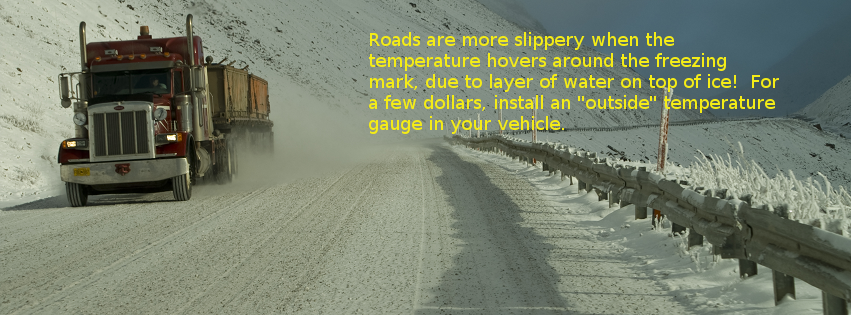Bus
October 26, 2014
Bus Pre-Trip Inspection
As part of the bus pre-trip inspection you must ensure the security of the stanchions. Stanchions are the upright post and bars, which standing passengers hold. If any of these are loose, they pose a danger to your passengers.
Passenger safety is a bus driver’s number one priority.
Bus Stuff
Defects found during the daily pre-trip inspection must be reported to the carrier for whom you work by the end of the day.
The report must be written, and the vehicle cannot be used to transport passengers if any defect jeopardized their safety.
“Test the brakes on your school bus every day. Do not operate any school bus unless the brakes are safe.” Driving Commercial Vehicles, p 125
Synthetic Oil —- Improved Fuel Economy
Although more expensive, consider changing your engine, transmission & differential oil to synthetic. The reduced friction will improve your fuel economy. It is a good return on investment! (Consult your owner’s manual…)
If full synthetic oil is not an option, consider using a synthetic blend which is somewhat less expensive.
Maximize Fuel Economy —- Improved Fuel Economy
To maximize fuel economy get your vehicle up to cruising speed as quickly as possible. In other words, don’t dawdle!
New & upgrading drivers often make this error; achieve the speed limit efficiently & quickly.
Although vehicle maintenance can at times be costly, it is one of the best return on investments that a vehicle owner can make.
Lights On
Although most vehicles are equipped with daylight running lights(DRLs), some don’t. As well, the taillights don’t come on with the DRLs.
GENERAL RULES: If the wipers are on, the lights are on!
Seeing & being seen put you on the road to good communication.
Logbook_Off-Duty
An off-duty period includes both time “in the sleeper berth” and “off-duty” time. A work shift must be bracketed by 2 continuous 8-hour off-duty times. Also, 2 more off-duty hours must be logged in blocks of > 30min, which does not make up the 8hrs.
(Driving Commercial Vehicles, p 132)
A driver must take a minimum of 10-hours off every day; every 14 days a driver must take off 24 consecutive hours.
Logbook_on-duty time
A work shift consists of “Driving” time and “On-duty, not driving” time. In Canada, you can drive a maximum of 13-hours & have a combined on-duty & driving time of not more than 16 hours.
(Driving Commercial Vehicles, p 133)
Working time is made up of both “driving” time and “on-duty” not driving time.
Public Transit
Take transit this New Year’s Eve, or any other time you plan to be out and have a few drinks!
Monday’s over
Sometimes…getting started is the hardest part!
Temp at zero
If your vehicle is equipped with winter tires, and the temperature is below -3°C, than traction will be much greater than at 0°C with the same tires.
Three Choices
You as a driver have three choices when dealing with traffic:
- You can run into other vehicles
- You can yield the right of way…and grumble about it
- OR you can just go home
Driving…simple, not easy!!
School Signs
As the kids head back to school next week, know that the sign on the right is a school crosswalk, and the other warns of your close proximity to a school.
(Photo by rpaterso / CC BY)

